Literacy and
Numeracy Week

Literacy and
Numeracy Week
Punctuation Focus
As part of our Literacy and Numeracy Week, students were reminded of some of the rules around commonly mistaken aspects of punctuation. Each day during homegroup students had a new aspect of punctuation explained, which we hope will act as a trigger to have students thinking more about the clarity of what they are writing.
An example can be seen below:
Apostrophe
Apostrophes are used to signal:
Omission - used to show that a letter or letters have been left out of a word. Apostrophes of omission create contractions (can’t, shouldn’t, might’ve)
Possession - used to show that someone or something ‘owns’ something. The apostrophe will be followed by an ‘s’ (eg Sophie’s ball, the tree’s branch). If a plural ends in s (which it often does), don’t include a second ‘s’ (teachers becomes teachers’).
**Please note that possessive pronouns DO NOT use the apostrophe (its, hers, ours etc)
***Plurals do not require an apostrophe
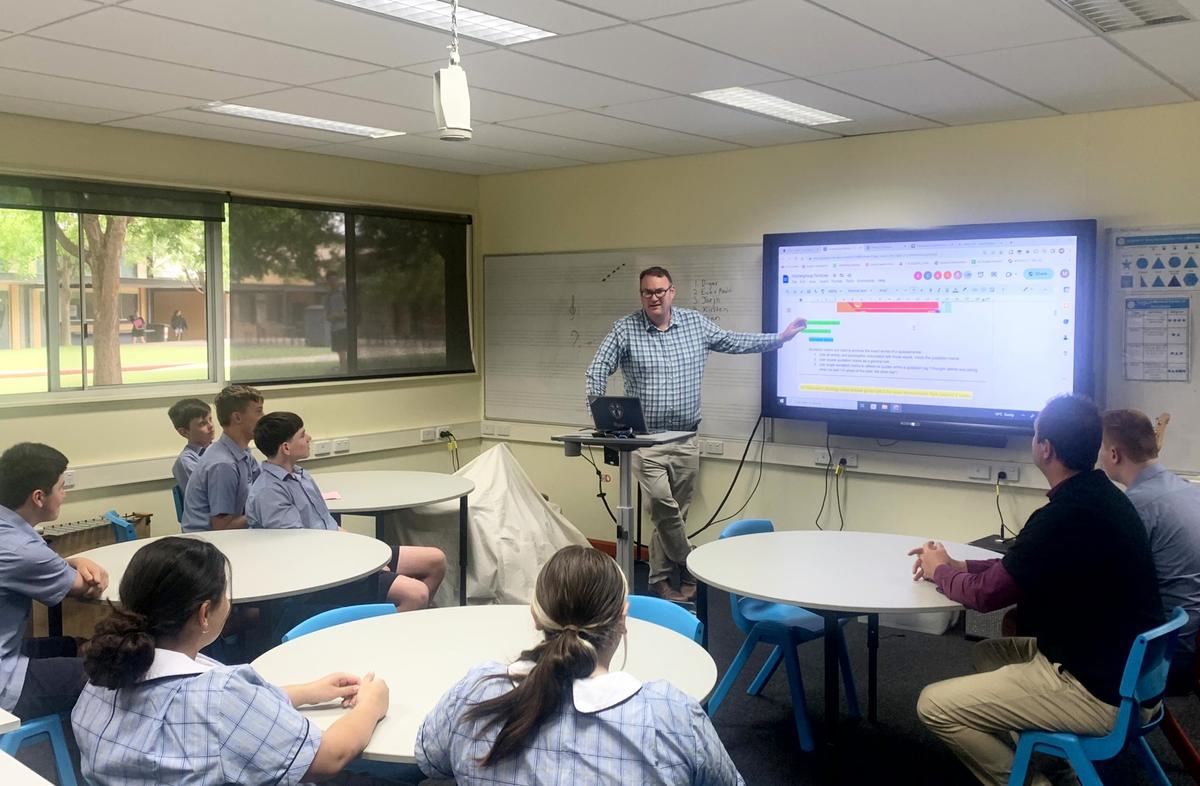
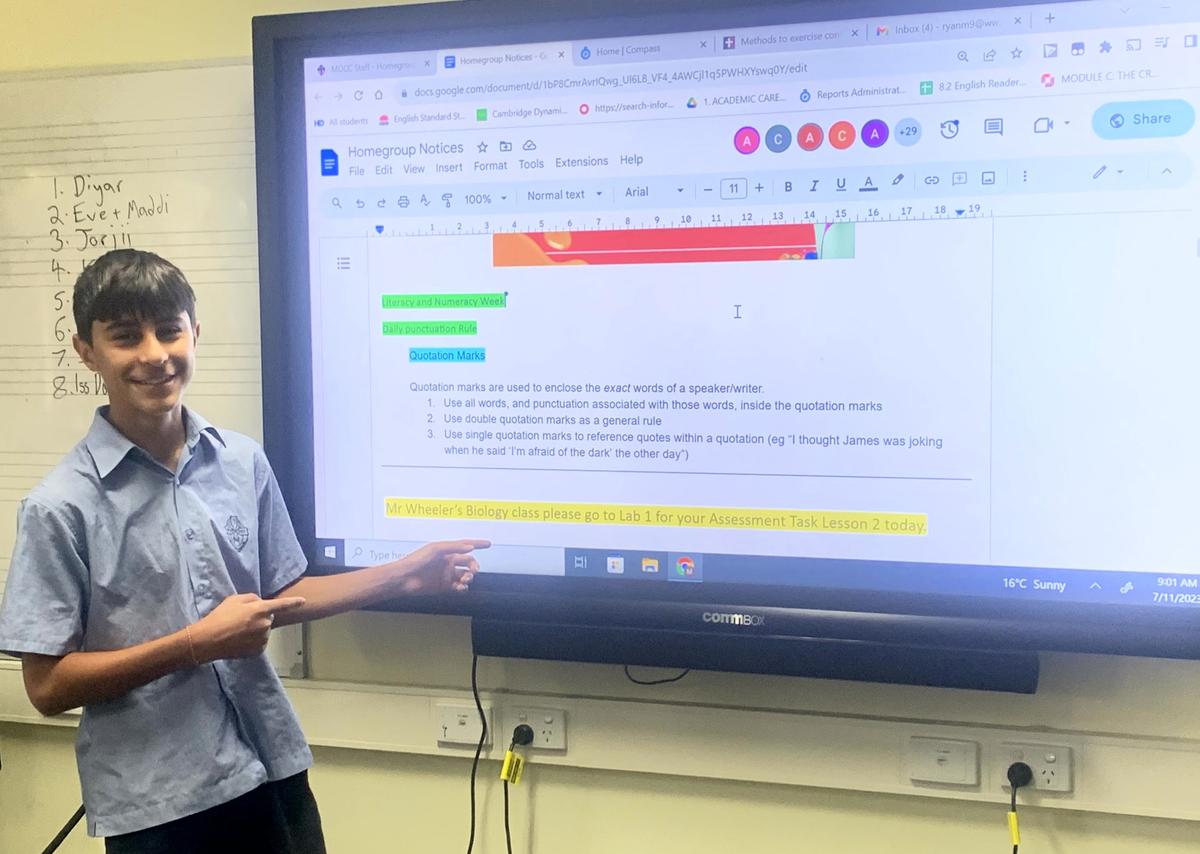


Mathematics Puzzles
Each morning, two mathematical puzzles/problems were written in chalk on the concrete leading into the College. The puzzles were based on a variety of mathematical ideas including number patterns, basic operations and deductive reasoning, but were presented in a way that required students to think “outside the box” to piece them together.
Students had the opportunity to see the puzzles as they arrived and throughout the day could submit their solution with an explanation with the first correct solution each day receiving a canteen voucher.
Congratulations to Madeline Pilon (Year 7), Thomas Love (Year 9), Peter Sobolewski (Year 10) and Grace Blackburn (Year 12) for answering the equal highest number of problems correctly.
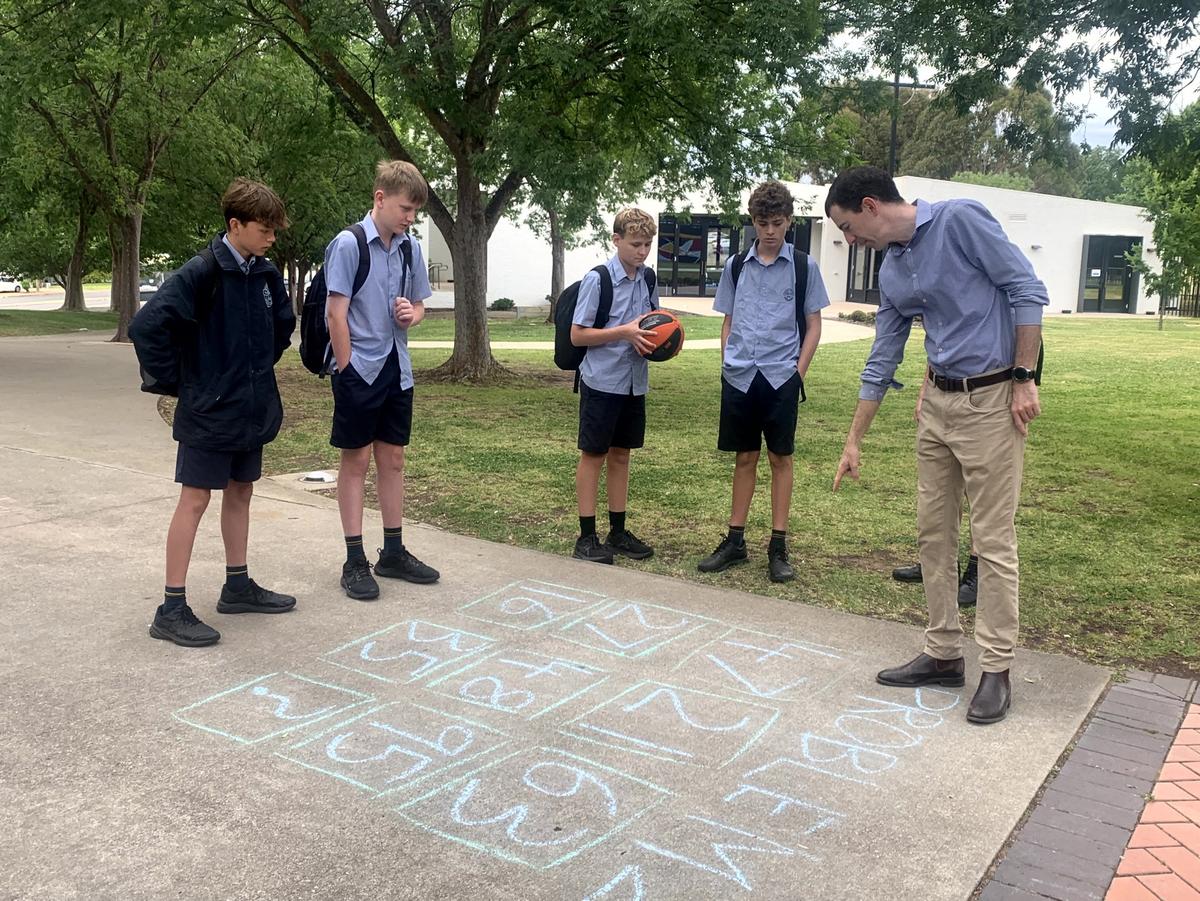
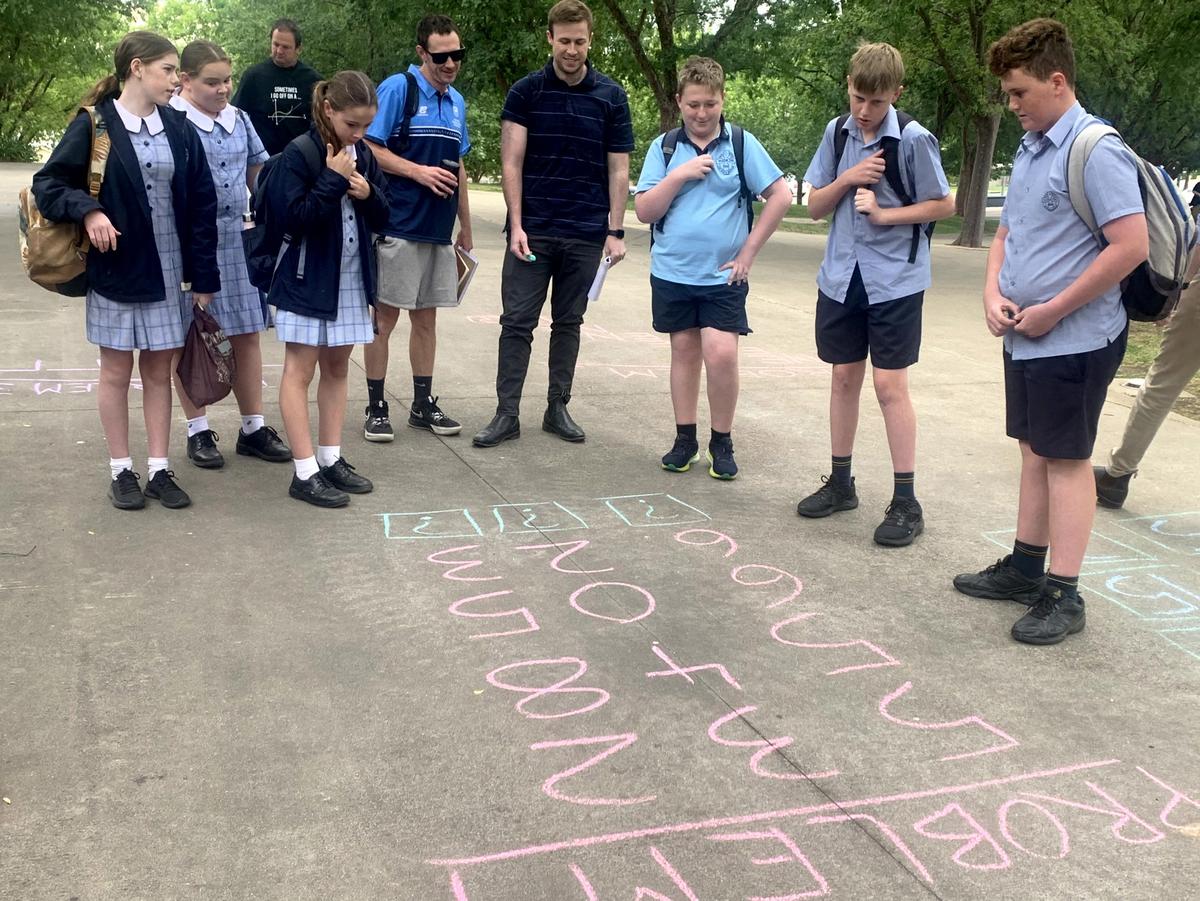
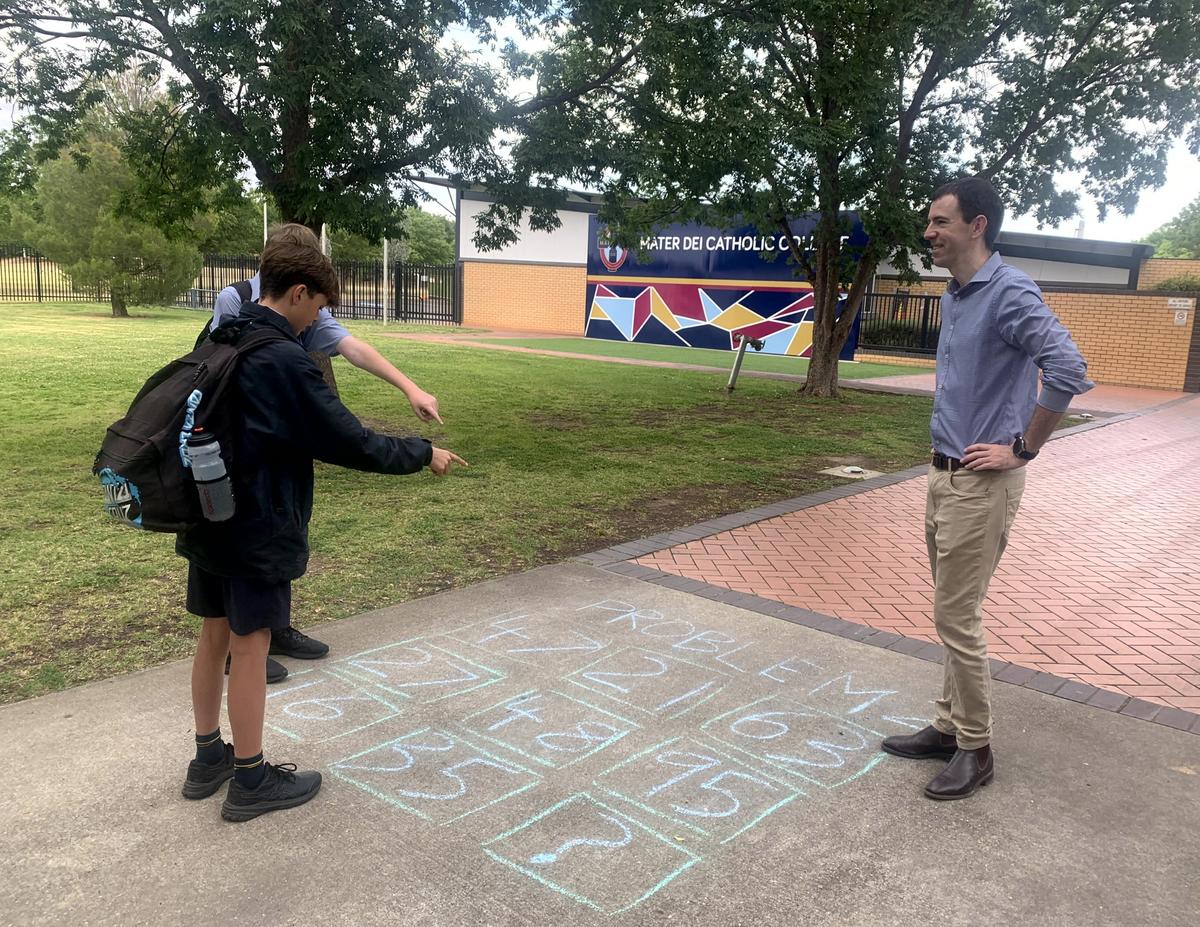



Orienteering
Students were given starting points within the school and then bearings and distances leading to different locations around the school. Each location was awarded points according to the level of difficulty in finding the correct point. Students participated with enthusiasm, some running and others taking a much more relaxed approach. The level of success was high with top scores of 31, 30 and many in the high 20’s out of 45.
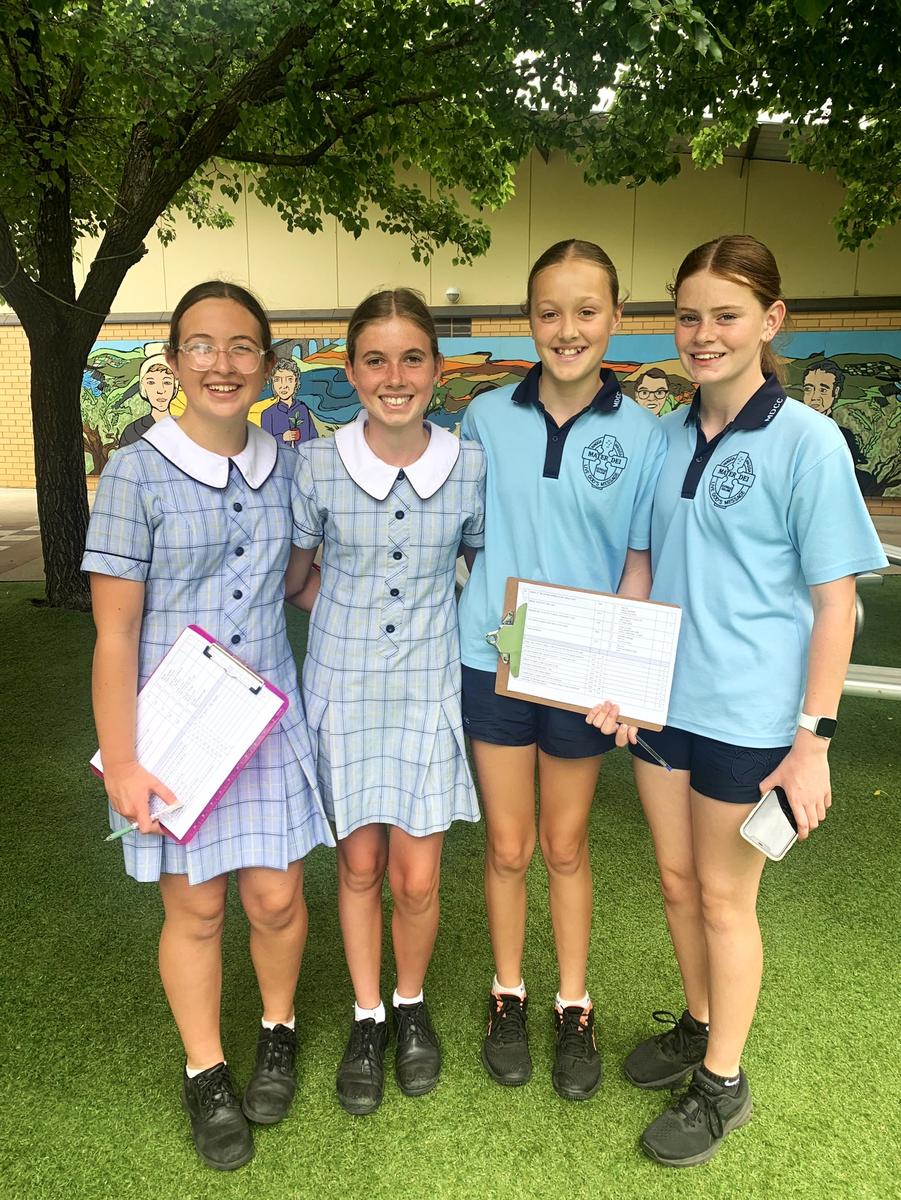
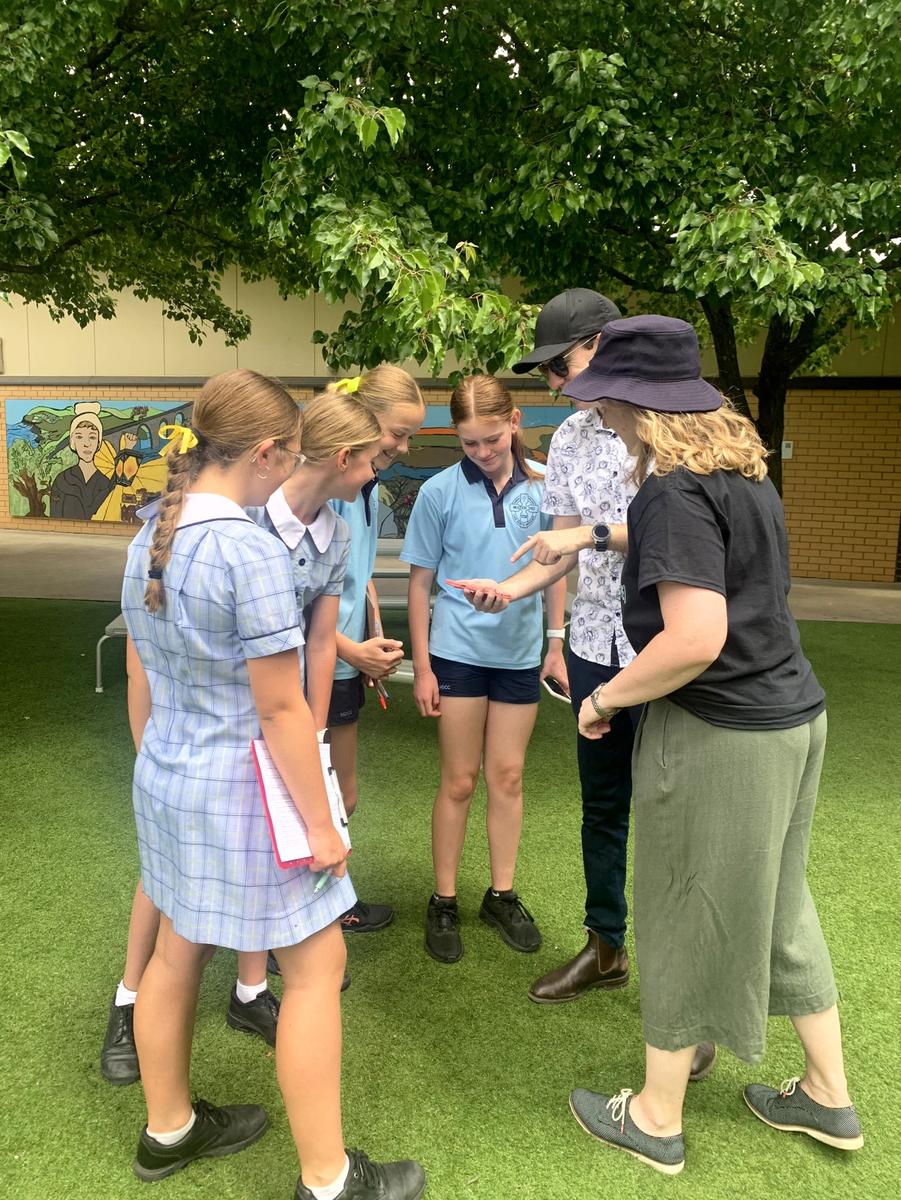
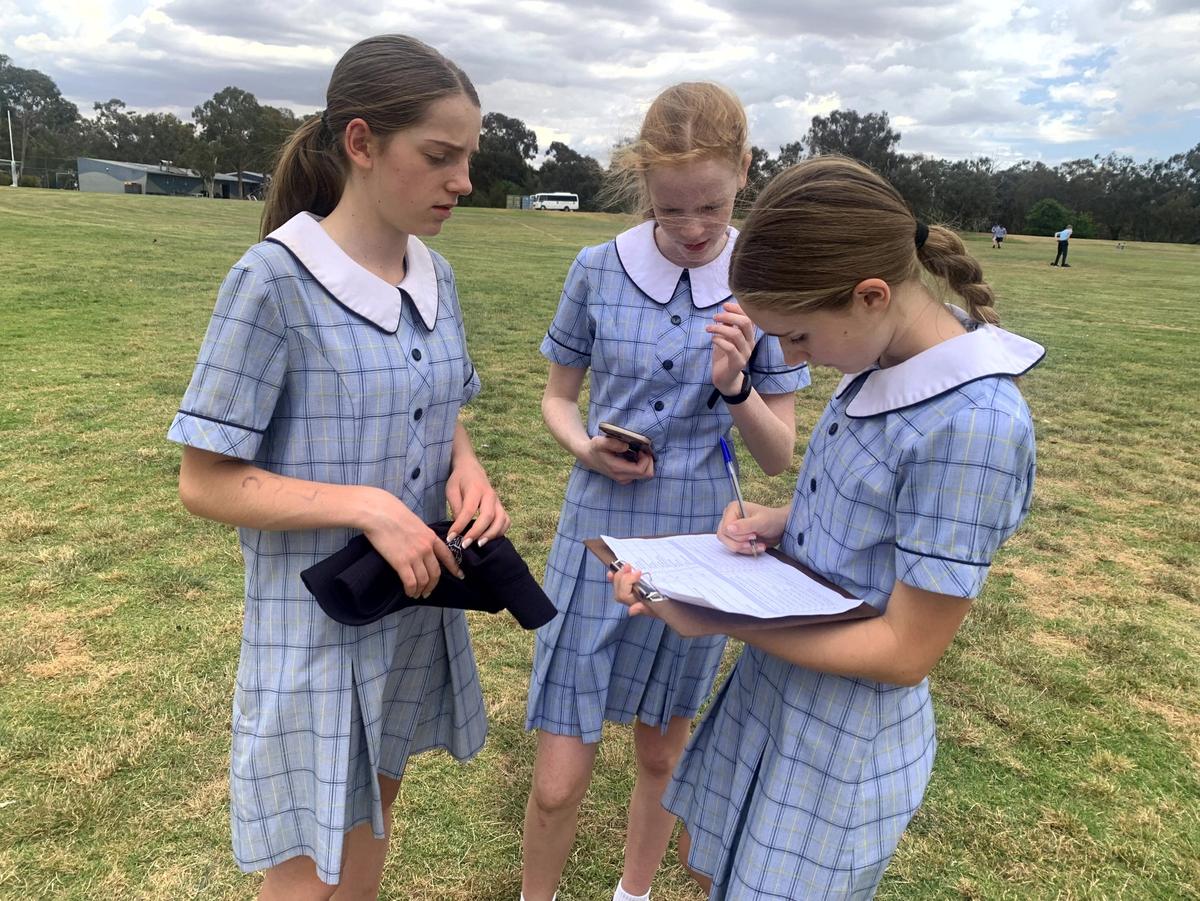
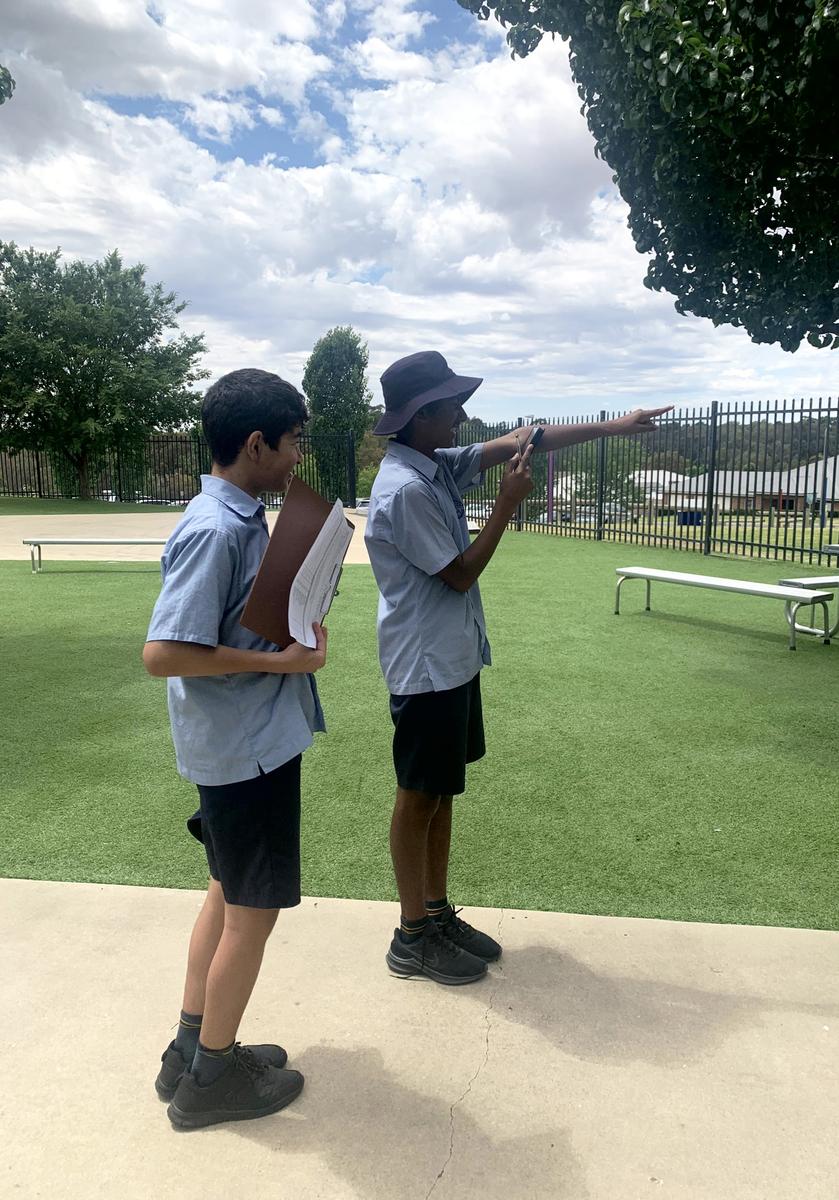




Balloon and Spoon Race
It was great to see students involved in a practical measurement activity. Students needed to work collaboratively to measure the distance of the balloon and spoon course, calculate the number of metres travelled and the speed at which they travelled when walking and running with the balloon. The fastest times were approximately 56 seconds for the walk and 33 seconds for the run. Well done to year 7 for their positive involvement in the activity.

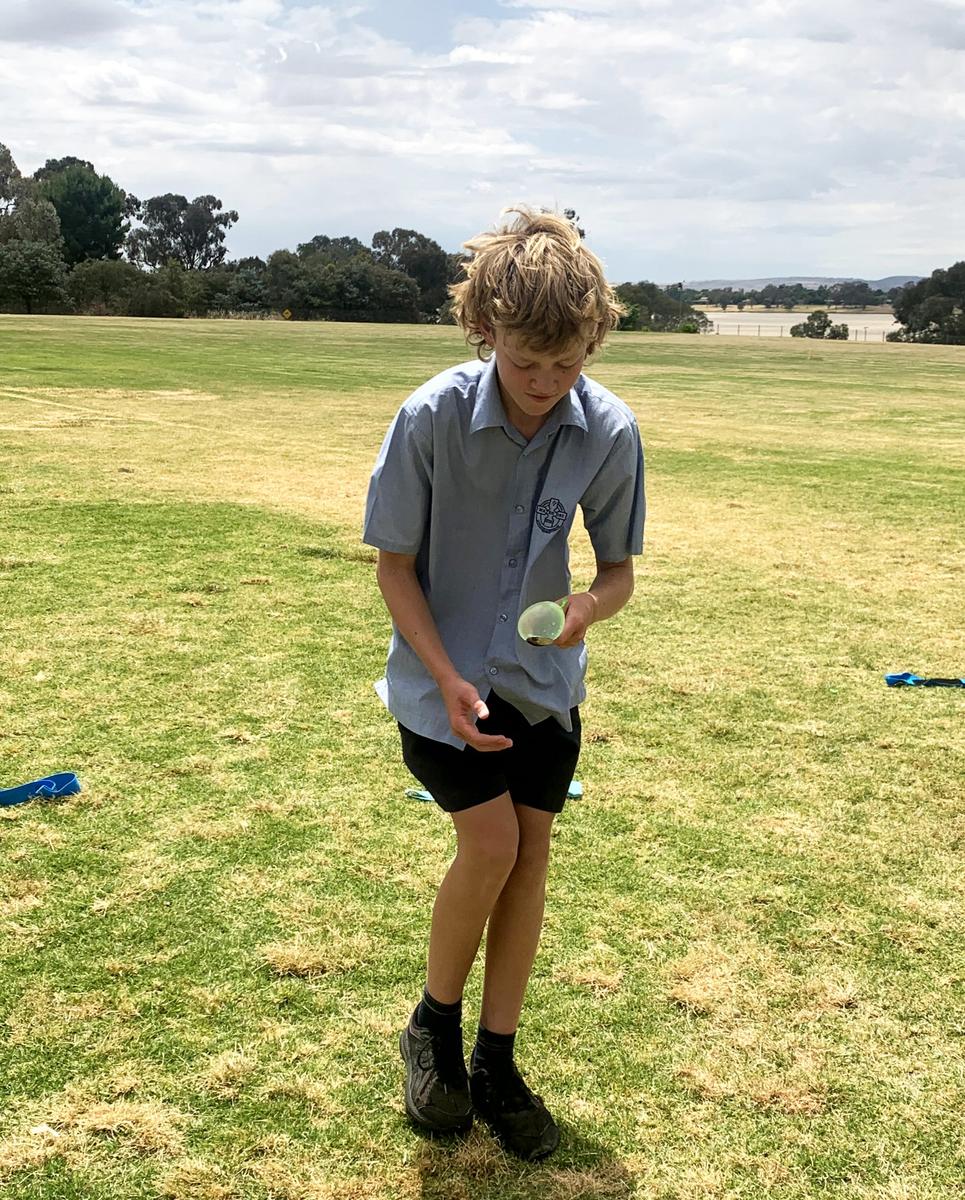
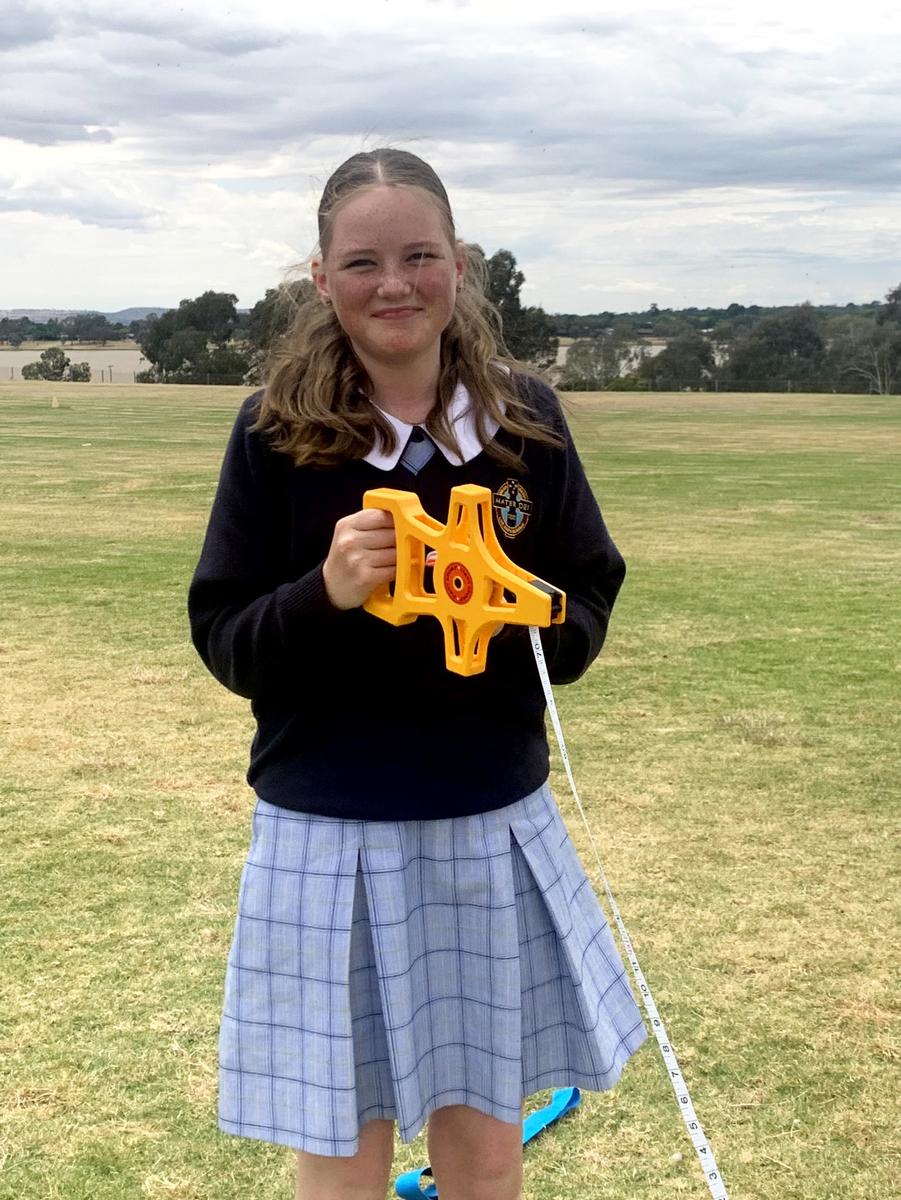









Balloon Toss
The challenge was simple, to be the best team in being able to throw a filled water balloon the greatest distance before it popped. Some teams developed a strategy of being able to take the force off the throw by using arm momentum, while others found out the hard way that a moving object meeting a stationary hand does not equal a good outcome.
The mathematics embedded and explored throughout the activity was distance travelled and time taken. This was then used to loosely work out a speed (notwithstanding the idea that the object was travelling in a parabolic curve, rather than a linear relationship). Students really showed their enthusiasm for the activity and were keen to do it in the future.

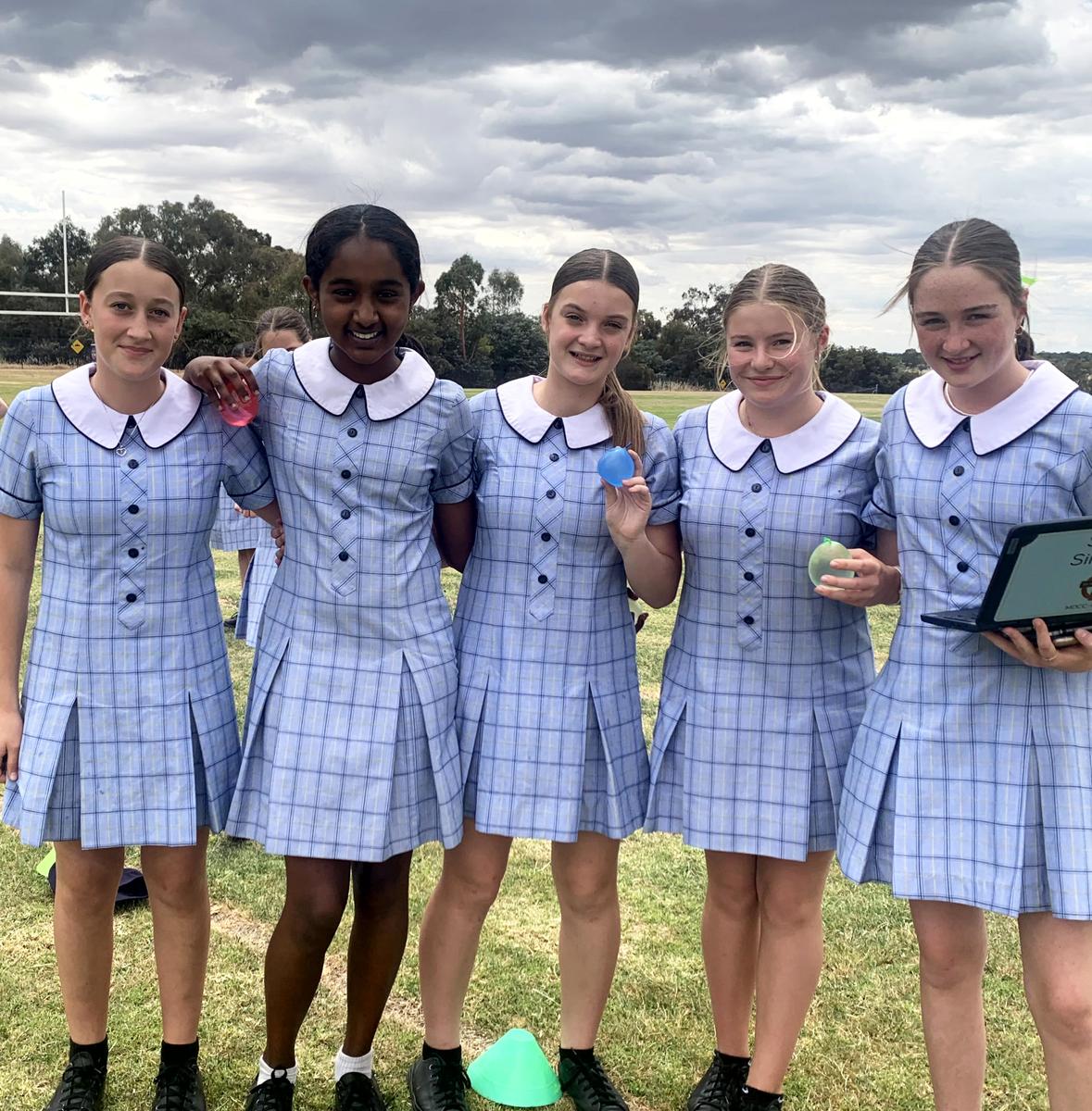
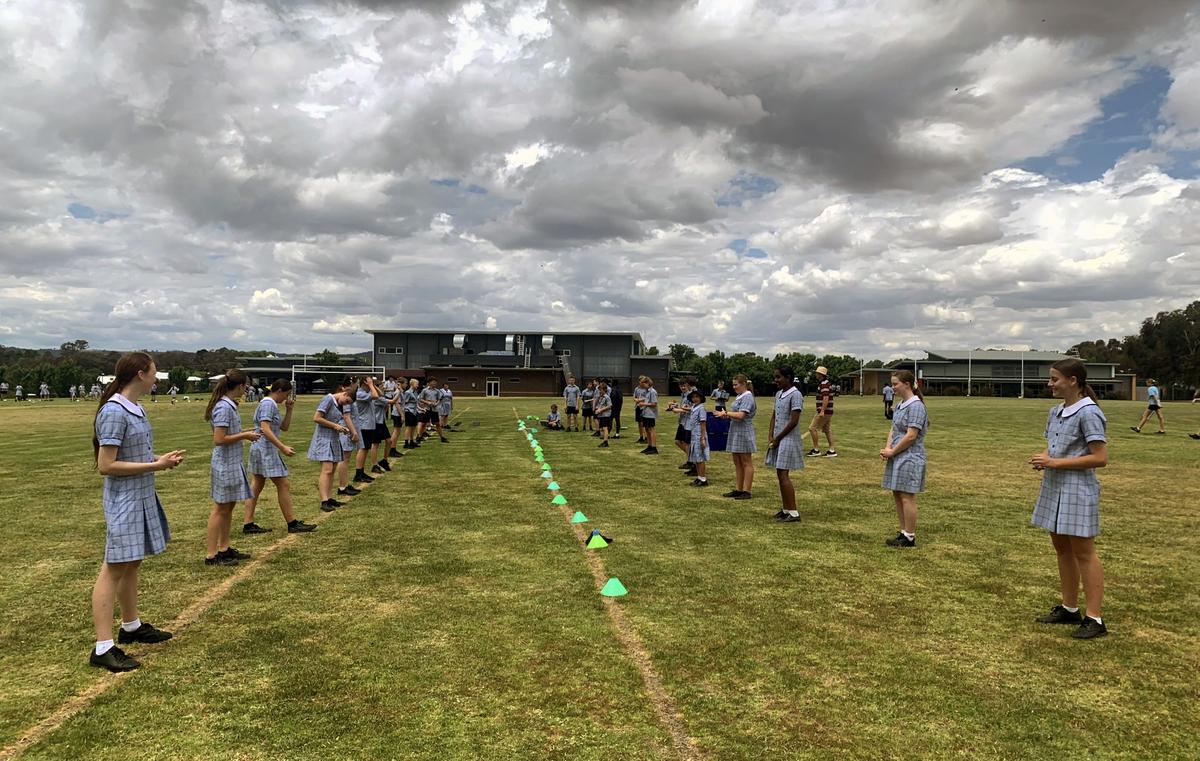



Reading for Leisure
During Literacy and Numeracy Week, students collaborated to compile a list of reading genres and questions to include in a survey. The aim is to create our very own personalised interactive book selector tool using suggestions for particular genres from our wider community. For example, if a student was interested in trying some fantasy fiction, they could use the tool to get suggestions from members of the Mater Dei Community for other books within this genre.
To assist the College, please complete this survey, responses will help to help create the ‘Read with us @ MDCC’ book selector tool.
Mathematics and English Department